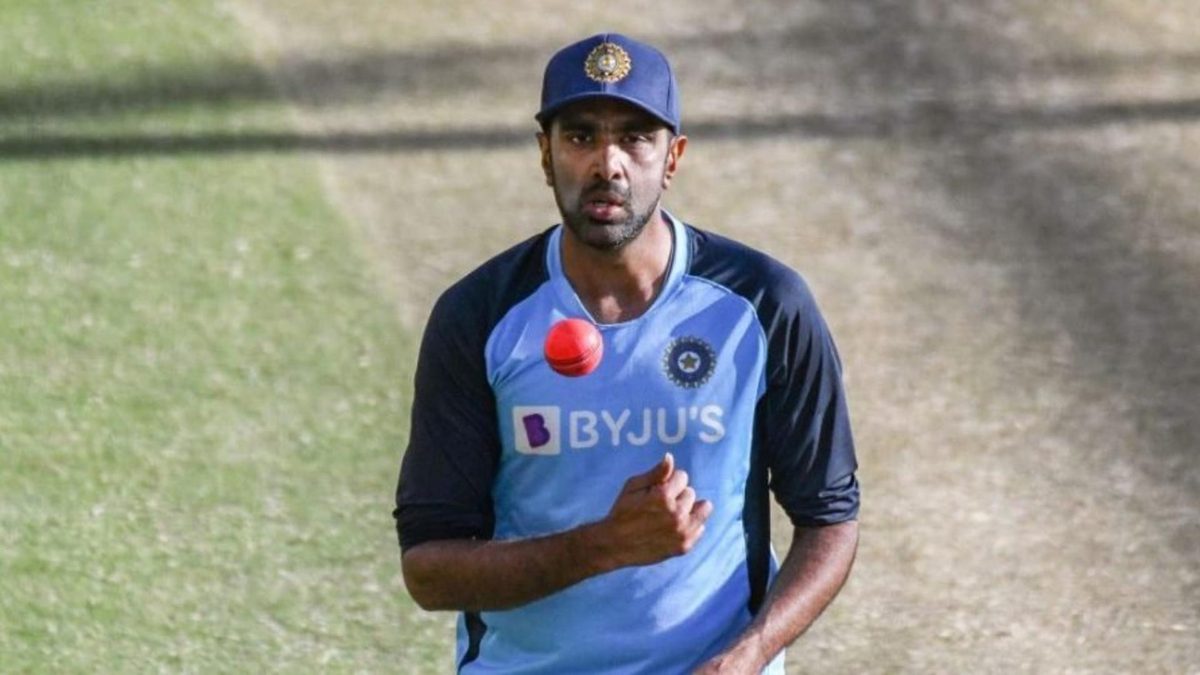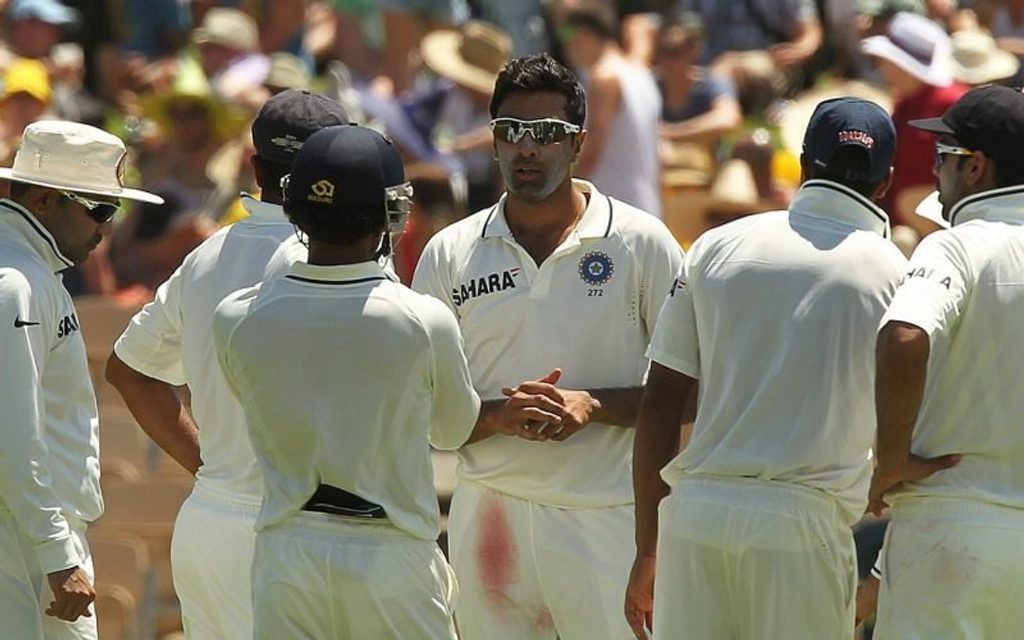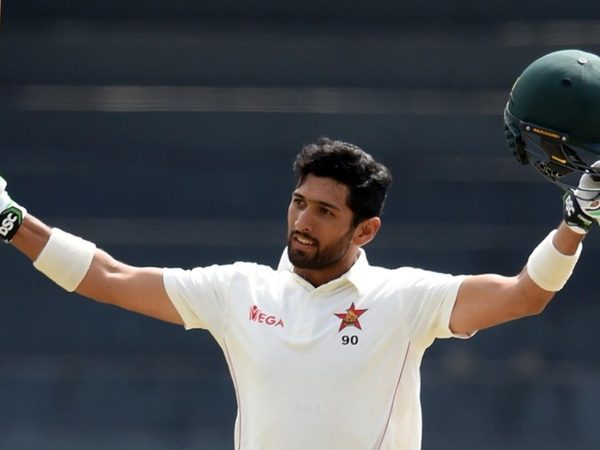
Often criticised for his unimpressive away record, R Ashwin returns to Australia for his fourth tour, but seems much better equipped than he has ever been.
When Ravichandran Ashwin was left out of the India team after the Adelaide Test against Australia in 2018/19, there was collective exasperation on seeing India’s premier off-spinner get injured on successive overseas tours.
This was especially after Ashwin, carrying the weight of a poor record in Australia, bowled appreciably better in the only Test he played in that series, dismissing Marcus Harris, Usman Khawaja, Shaun Marsh and Aaron Finch, four of Australia’s top six, across innings.
The untimely injury raised immense criticism; given his tremendous credentials at home, Ashwin’s record outside is often scrutinised with a bigger magnifying glass, and the timing of the abdominal strain, after similar issues in England, evoked harsh feedback. Sourav Ganguly said that Ashwin “can’t get injured so many times”, and Virat Kohli felt that Ashwin should actively focus on “correcting” his course. With Ravindra Jadeja and Kuldeep Yadav emerging as strong candidates for the spinner’s spot abroad, the collective voices of disapproval only got stronger.
At home, Ashwin’s status is nothing short of legendary; on Indian pitches, he has picked up 254 wickets at 22.8 with 21 five-wicket hauls. Outside of Asia, his average creeps up to 37.86 (Nathan Lyon averages 31.70). In seven matches in Australia, Ashwin’s average climbs even higher to 48.07, and he’s yet to pick up a five-wicket haul there.
 Ashwin toured Australia for the first time in 2011/12, his first year of Test cricket, averaging 62.7 with the ball
Ashwin toured Australia for the first time in 2011/12, his first year of Test cricket, averaging 62.7 with the ball
Yet, six of those matches were played in the first half of his fledgling Test career. In an interview with Cricbuzz in June, Ashwin admitted that, while travelling abroad until 2013-14, he “had this concrete block thinking wherever I go, whatever game, I’ll pick up wickets.”
“And [I felt] the only way I will pick up wickets is by spinning the ball hard and trusting my ability of the game, which I think all raw cricketers do when they are new to the game.”
Add to that, Ashwin wasn’t always the preferred spinner abroad under MS Dhoni’s captaincy. From his debut till January 2015, India played 16 matches abroad: Ashwin played eight matches, and Ravindra Jadeja seven.
“When 2015 dawned upon, and I had learnt my journey,” Ashwin said, “learnt my art a little bit more… I think I have been a far better cricketer when I have gone abroad.”
He also revealed in the Cricbuzz chat how he was mindful of the fact that Anil Kumble, one of India’s greatest spinners, picked up a lot of lower-order wickets abroad, using the flipper to his advantage, which Ashwin himself “has given a lot of thought to.” The experience of playing county cricket has also helped him understand that, abroad, “wickets don’t fall in heaps”, and “you have to bowl the overs” to be successful.
Since 2015, Ashwin has played 20 out of 28 Tests abroad (and has picked the most wickets by an Indian in that period) but has missed Tests due to a combination of fitness problems and India’s tendency to give the nod to Jadeja, a superior all-rounder, especially when there’s scope for just one spinner.
On his last tour, Ashwin gave all the signs of considerably improving his Australia numbers. It was the perfect setting, and he had, over the years, built a stellar reputation against some of the best Australian batsmen, albeit at home. Notably, Ashwin has dismissed Warner nine times in 14 Tests, the joint-most he has dismissed any Test batsman.
After day two of the Adelaide Test in 2018, Ashwin himself admitted that he had learnt from mistakes on his first tour to Australia in 2011/12, where he ran into a belligerent Michael Clarke, recalling how he used to “toss the ball up and keep tossing it up. That’s what you learn from burning your fingers once.”
Former Australia spinner Stuart MacGill tells Wisden India how Ashwin was particularly impressive in his only game of the tour in 2018, and how “disappointed” he was to not see more of him.
“I have been watching him bowl in Australia and outside India for a number of years,” MacGill said. “We all know his record in India, it’s ridiculous. I was so excited last time because I finally thought – ‘Oh my goodness, this dude has finally nailed it’. The way he was controlling the ball through the air…
“What I was always trying to do… in my opinion, you only get a great batsman out in the air. Once the ball has bounced, it’s too late. On good wickets… I am not saying wickets in India aren’t good, but sometimes you can still defeat somebody off the pitch in India.
Jasprit Bumrah, Mohammed Shami and Ravindra Jadeja can be safely assumed to occupy spots in the first XI, but how will the rest of the pieces of the puzzle line up?@Aadya_Wisden weighs the pros and cons of India’s remaining bowling options.#AUSvINDhttps://t.co/fm2CkxOonQ
— Wisden India (@WisdenIndia) December 14, 2020
“On a really docile, slow Australian pitch, all of the work is done through the air. In all the years gone by, Ashwin was missing the point slightly, but that Test match that he played in Australia, I was out of my chair – and I am a past player, who is supporting Australia! And yet, I am watching Ravi Ashwin go ‘Oh my goodness, this dude is going to be a real handful’.”
Two years after the abrupt end to his last Australia trip, Ashwin returns for another stint Down Under, looking even better equipped this time, both in form and (hopefully) fitness. There will be challenges nonetheless, as pitches might not be helpful to spinners right away. Add to that the complexities of the pink ball in the first Test that could force Ashwin to shift into a ‘holding’ role, one which might not necessarily produce as many wickets.
In the absence of Ishant Sharma, another veteran bowler, and the injured Ravindra Jadeja (at least for the first Test), there will be plenty of responsibility on Ashwin, on what could potentially be his last tour to Australia.
And yet, that could exactly be the kind of freedom Ashwin’s craving, and has proved to have thrived in. He’s known to be a bowler brimming with self-confidence, who prides on his abilities, sets his own fields, and never backs down from a fight. The existing flavour of an Australia-India rivalry makes it even better.
In a series where most of the eyes are on the batsmen, when the Kohli-Smith comparisons are taking centre stage, and where the batting orders are being enthusiastically discussed, the Ashwin-Lyon battle could end up being a delectable sub-plot.








